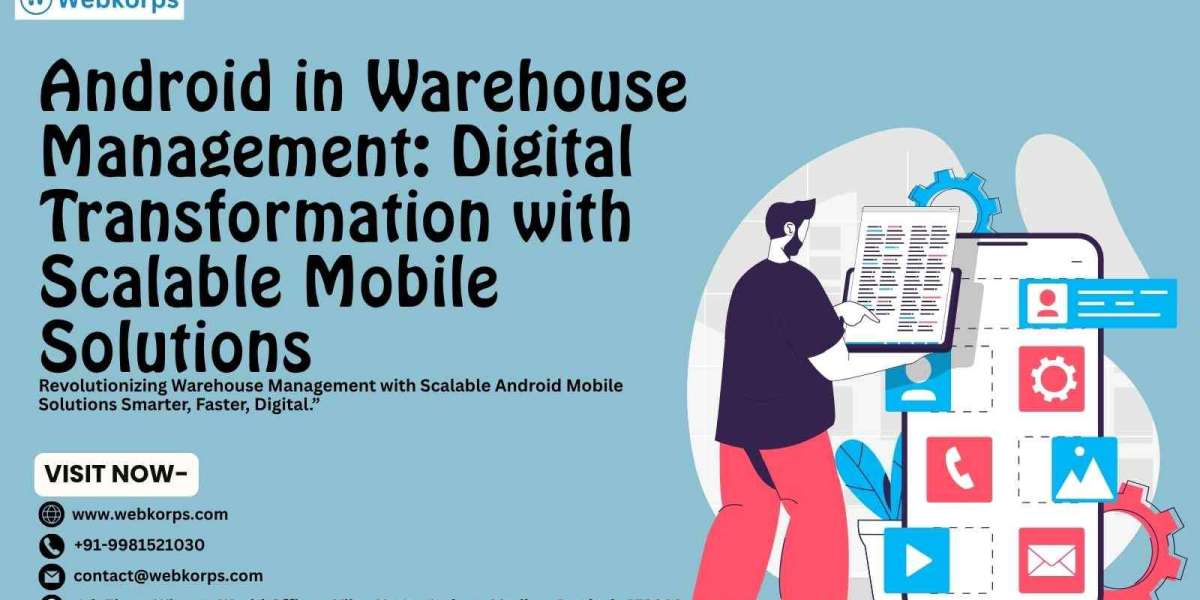In the ever-evolving landscape of healthcare, Electronic Health Record (EHR) software stands as a cornerstone, revolutionizing how patient data is managed, stored, and utilized. As technology advances and healthcare demands change, the development of EHR software continuously evolves to meet new challenges and opportunities. Let's delve into the current trends and innovations shaping the realm of EHR software development.
Interoperability and Data Exchange
Standardization: Embracing standardized formats like HL7's FHIR (Fast Healthcare Interoperability Resources) to facilitate seamless data exchange between disparate systems.
API Integration: Developing robust Application Programming Interfaces (APIs) to enable interoperability among various EHR platforms and healthcare applications.
Patient Data Accessibility: Prioritizing patient-centric approaches, ensuring easy access to health records across different healthcare providers and institutions.
Enhanced User Experience (UX)
Intuitive Interfaces: Designing user-friendly interfaces with intuitive navigation, reducing cognitive load for healthcare professionals.
Mobile Optimization: Adapting EHR systems for mobile devices, enabling access to patient data on-the-go, fostering flexibility and efficiency.
Personalization: Customizing user interfaces to match the workflows and preferences of different healthcare specialties, optimizing user experience.
Artificial Intelligence and Machine Learning Integration
Predictive Analytics: Leveraging AI algorithms to analyze patient data, predict disease progression, and identify potential health risks, empowering proactive healthcare interventions.
Natural Language Processing: Implementing NLP capabilities for automated documentation, enabling real-time transcription of clinical notes and enhancing documentation accuracy.
Clinical Decision Support: Integrating ML-driven decision support systems to assist healthcare providers in making evidence-based treatment decisions, improving patient outcomes.
Cybersecurity Measures
Encryption: Implementing robust encryption protocols to safeguard patient data both at rest and in transit, mitigating the risk of data breaches.
Access Control: Enforcing strict access controls and authentication mechanisms to ensure that only authorized personnel can access sensitive health information.
Regular Audits and Updates: Conducting routine security audits and timely software updates to address emerging threats and vulnerabilities, maintaining the integrity of EHR systems.
Telehealth Integration
Virtual Consultations: Integrating telehealth functionalities into EHR systems to facilitate remote consultations and telemedicine services, expanding access to healthcare.
Remote Monitoring: Enabling remote monitoring of patient vital signs and health parameters through connected devices, enhancing chronic disease management and post-discharge care.
Synchronization with EHR: Ensuring seamless integration between telehealth platforms and EHR systems, enabling automatic documentation and updating of patient records.
Blockchain for Data Integrity
Immutable Records: Leveraging blockchain technology to create tamper-proof, immutable records of patient data, ensuring data integrity and auditability.
Secure Data Sharing: Facilitating secure and transparent sharing of health information among stakeholders while maintaining patient privacy and confidentiality.
Smart Contracts: Implementing smart contracts to automate consent management and streamline data sharing agreements between healthcare entities, enhancing trust and transparency.
Regulatory Compliance
HIPAA Compliance: Ensuring adherence to the Health Insurance Portability and Accountability Act (HIPAA) regulations to protect patient privacy and confidentiality.
GDPR Compliance: Complying with the General Data Protection Regulation (GDPR) guidelines, especially for handling patient data in regions governed by GDPR, to uphold data protection standards.
FDA Regulations: Adhering to relevant FDA regulations for the development and deployment of EHR software, particularly for systems involving medical devices and diagnostics.
Conclusion
The landscape of EHR software development is characterized by a relentless pursuit of innovation and adaptation to meet the evolving needs of healthcare providers and patients. By embracing trends such as interoperability, AI integration, cybersecurity measures, telehealth integration, blockchain for data integrity, and regulatory compliance, developers can forge ahead in creating EHR systems that are not only efficient and user-friendly but also secure and compliant with healthcare regulations. As technology continues to advance, the journey of EHR software development promises to be one of ongoing evolution and transformation, ultimately enhancing the quality and delivery of healthcare services worldwide.



